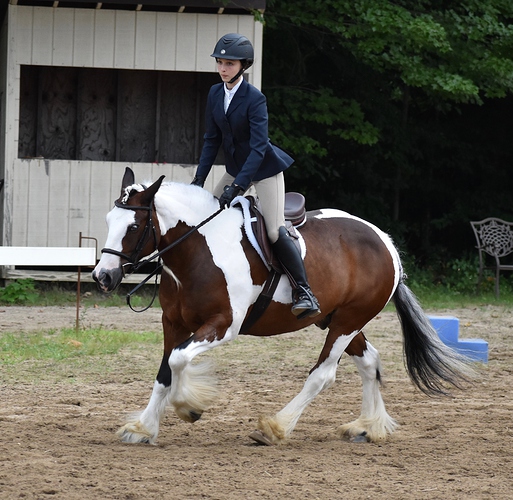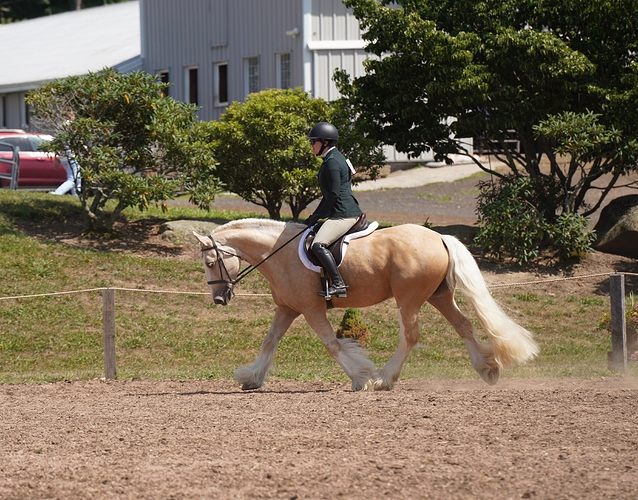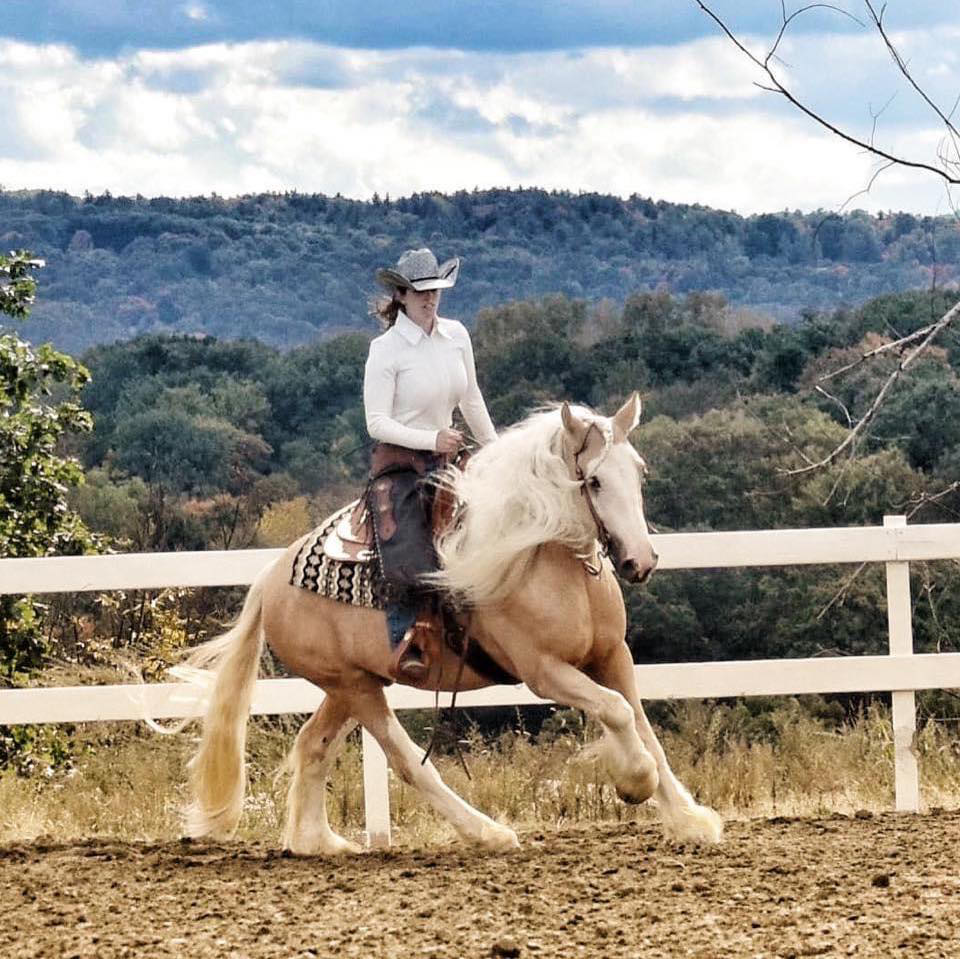So much to consider - prices on everything have gone way up including horses. The cost of feeding and keeping a horse has risen significantly; so, it shouldn’t surprise anyone that the breeders are expecting or needing to get more for what they produce. Then there is the question of training. If you can’t do it yourself, it will cost to have training put on the horse and in my area I see fewer and fewer ‘trainers’ willing or honestly capable of starting/backing horses. I also know for at least the breeds I’ve been mostly involved with so many breeders have either cut back on their numbers or gotten out entirely that fewer and fewer selectively bred horses were produced for a period of time, driving the demand.
Speaking with experience, the way I kept costs down when I was breeding for amateur friendly sport type mounts which was before covid- I bred enough generations to have mares and stallions I thought worthy, starting way back, acquiring youngstock from other breeders to keep purchase prices low and later culling those I felt didn’t fit in my program. Fortunately my selection process was tight enough that the ‘culling’ wasn’t a common practice but I did it when necessary. I backed and started ALL of my youngstock if they stayed around long enough to hit the appropriate age and all of those I acquired as unstarted youngstock which was the vast majority. Those that stayed were not just kid tested and mother approved they were actually mother started LOL. In addition to doing all the training from the ground up, all the showing/campaigning, I did my own vet work because I have a DVM. I owned my property (selling two previous horse properties that made me a modest amount of money) and basically kept everything relatively small in number and focus because I was mostly a team of 1 with two children who grew up having to help. My small sliver of the horse breeding world showed me that I could produce and raise foals to two years of age with training for most everything on the ground which included being trained to load, haul and in some cases having gone to shows for under $5000 before covid. I also had a few ‘sweet deals’ fall into my lap regarding broodmares and other opportunities that I was able to leverage to achieve my breeding and showing goals without putting the same expense into those endeavors as others would have or do. Realistically if I still had ‘it all’ I’m guessing (it’s an educated guess) that barring any unforeseen catastrophe I could still manage to get it done for just under $7500, may be even $5000 but that would have required freezing my stallion’s semen among a few other ways to cut costs.
Some key aspects - I never hired any help. My vet expenses, which there were some outside ones were minimal when you considered the number of horses I had and sold along with what I was doing. My advertising costs were very minimal yet I was able to get horses sold or moved relatively quickly in a way that kept me afloat. My personal riding horses were my stallions, my broodmares and two geldings and they also served my children. I also have always been employed, working full-time outside of my home since graduation. Quite frankly this didn’t only keep me solvent, it also prevented me from growing too big, doing too much, or losing my shirt on gambles I couldn’t otherwise afford.
Still, personal lifestyle changes required me to disband my program and after I did that and had an opportunity to take a deep breath, it was apparent that I was dog-tired. I don’t know how much longer I would have physically been able to have kept up that pace.
Sitting from my vantage point in which I still work full-time, still ride full-time and compete occasionally for personal goals AND still own horse property, the only way I will continue in horses if anything unexpected happens to the 4 I currently own (which includes one retired gelding) is to go the mustang route (a big gamble imo if you want to compete though not necessarily saying it can’t be done) or purchase something under the age of 2. I’m turning 60 later this summer, so there will come a time where those options won’t be quite as ‘lucrative’ or feasible for me. The last horse I backed/started from the ground is now 6; so, that was 3 years ago. However, one reason why I have stuck with the breeds that own me has been my long time focus that if ever presents where I can no longer swing my leg over, then I’ll just drive it; so, section A Welsh and/or minis may be my next purchases/acquisitions should vacancies become available at my Ranch of Last Resort  One of the first things I learned after many a pony-ride as a very young child was how to hitch a team…so though I’d be very rusty, the concept isn’t completely foreign.
One of the first things I learned after many a pony-ride as a very young child was how to hitch a team…so though I’d be very rusty, the concept isn’t completely foreign.





 One of the first things I learned after many a pony-ride as a very young child was how to hitch a team…so though I’d be very rusty, the concept isn’t completely foreign.
One of the first things I learned after many a pony-ride as a very young child was how to hitch a team…so though I’d be very rusty, the concept isn’t completely foreign.